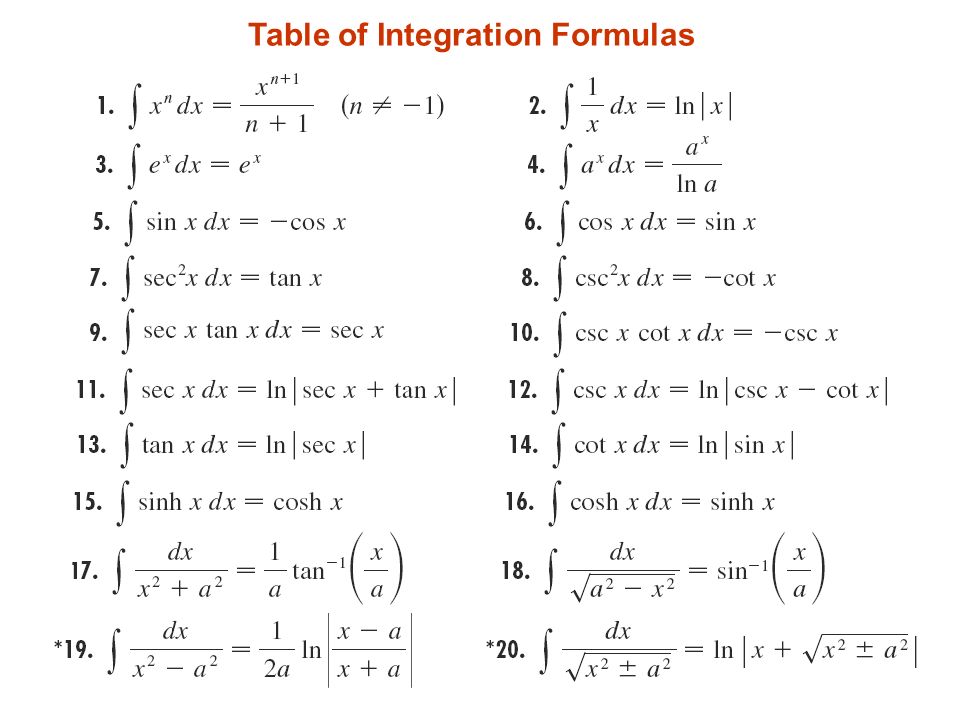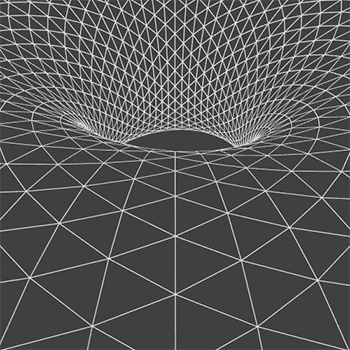# \ #
# "This can be done nicely by a trig substitution." #
# "Let:" \qquad \qquad \qquad \qquad \qquad \qquad \qquad \qquad s = tan( \theta ). #
# "Compute:" \qquad \qquad \qquad \qquad \qquad ds = sec^2( \theta ) d\theta. #
# "Substitute these into the original integral:" #
# :. \qquad \qquad \qquad \quad int 1/{s^2 + 1} ds \ = \ int 1/{ tan^2( \theta ) + 1 } sec^2( \theta ) d\theta #
# "Using the Pythagorean trig identity:" \qquad tan^2( \theta ) + 1= sec^2( \theta ): #
# \qquad \qquad \qquad \qquad \qquad \qquad \ = \ int 1/{ sec^2( \theta ) } sec^2( \theta ) d\theta #
# \qquad \qquad \qquad \qquad \qquad \qquad \ = \ int \ 1 d\theta #
# \qquad \qquad \qquad \qquad \qquad \qquad \ = \ int \ d\theta #
# \qquad \qquad \qquad \qquad \qquad \qquad \ = \ \theta + C #
# "Thus:" \qquad \qquad \qquad \qquad \qquad int 1/{s^2 + 1} ds \ = \ \theta + C. \qquad \qquad \qquad \qquad \qquad \qquad \qquad \qquad (1) #
# "Now we must convert" \ \ \theta \ \ "back into the original variable" \ s." #
# "Use our original substitution equation:" #
# \qquad \qquad \qquad \qquad \qquad \qquad \qquad \qquad s = tan( \theta ). #
# "Solve for" \ \ \theta; "use inverse trig functions:" #
# \qquad \qquad \qquad \qquad \ \ \ tan^{-1} [s] = tan^{-1}[ tan( \theta ) ]. #
# "Inverse functions cancel out (undo the effect of) the original" #
# "function. So, for example:" \ \ tan^{-1}[ tan( \theta ) ] = \theta. \ "So, continuing:" #
# \qquad \qquad \qquad \qquad :. \qquad \qquad \ tan^{-1} (s) = \theta. #
# \qquad \qquad \qquad \qquad :. \qquad \qquad \ \ \theta = tan^{-1} (s). #
# "Now substitute this back into equation (1):" #
# \qquad \qquad \qquad \qquad \ int 1/{s^2 + 1} ds \ = \ \theta + C \ = \ tan^{-1} (s) + C. #
# \qquad \qquad :. \qquad \qquad int 1/{s^2 + 1} ds = tan^{-1}(s) + C. #
# "This is our answer." #




